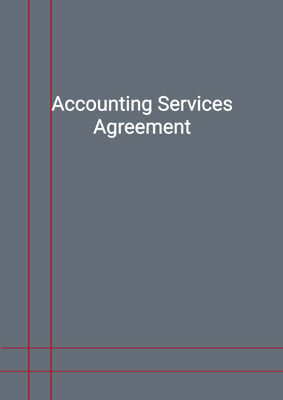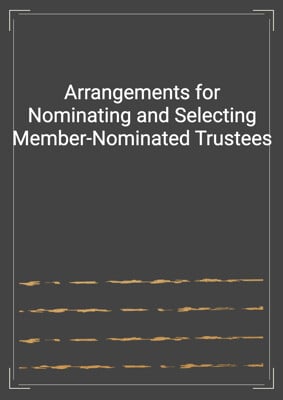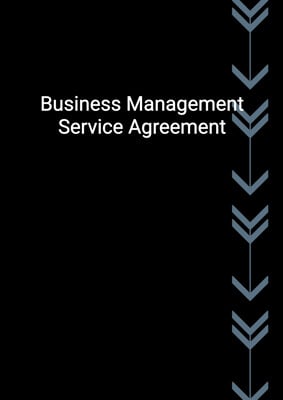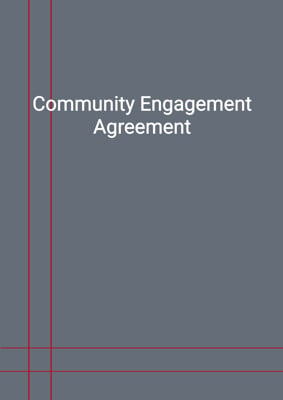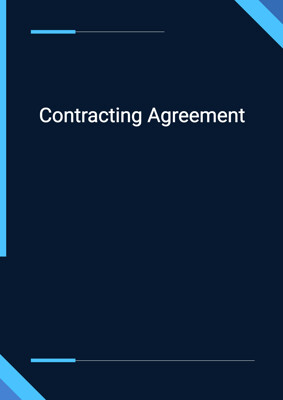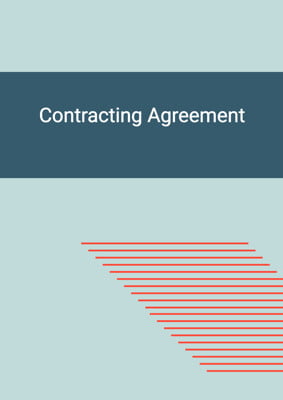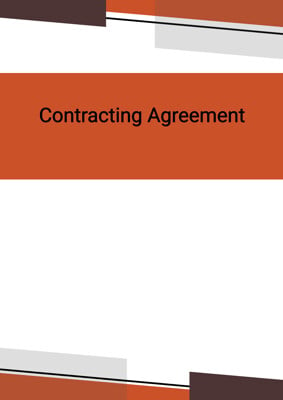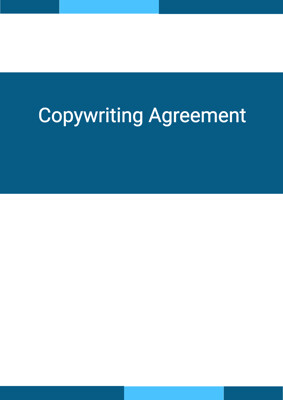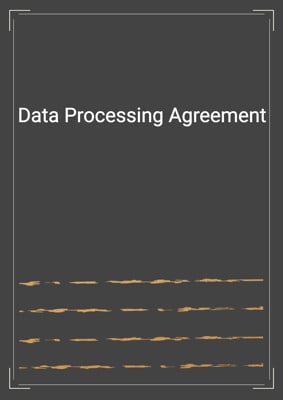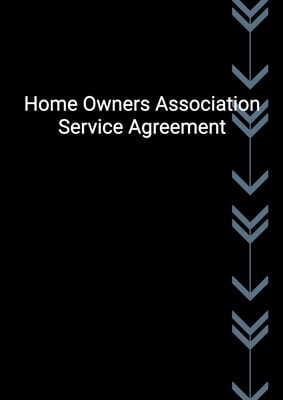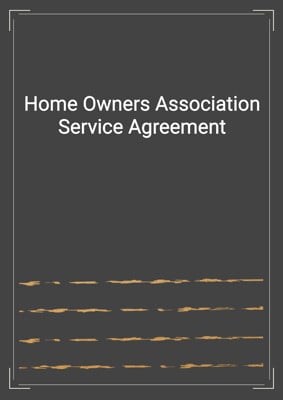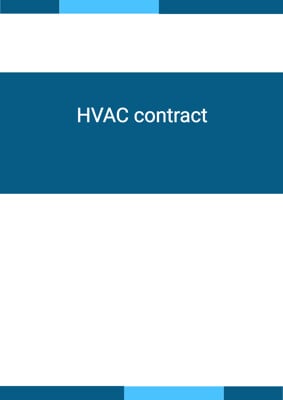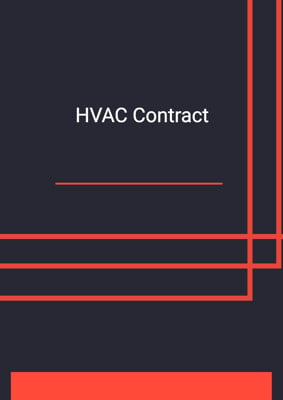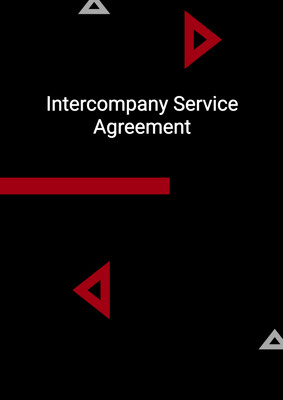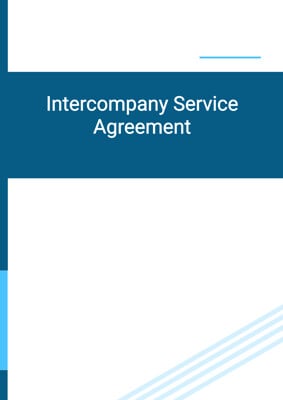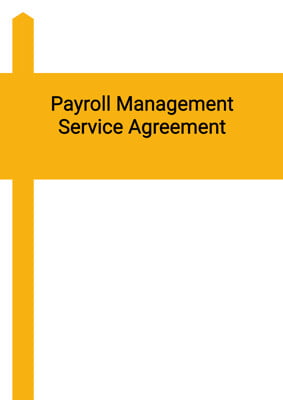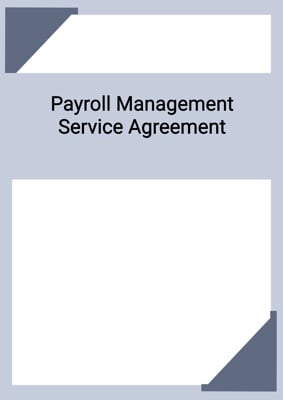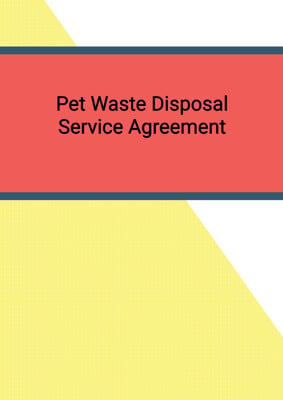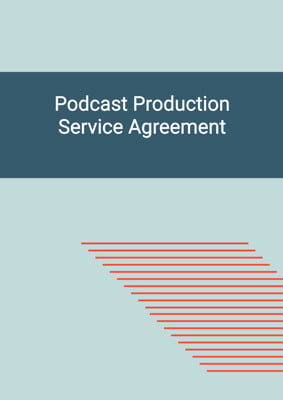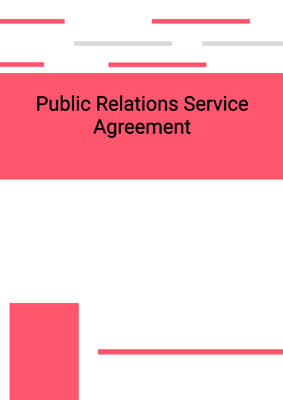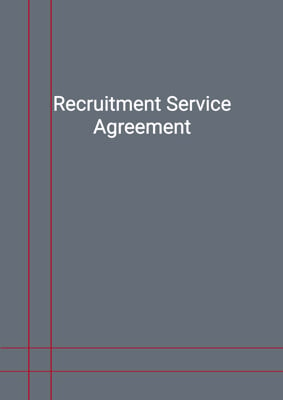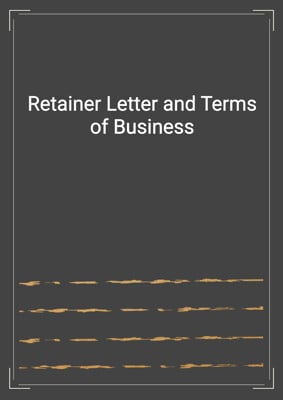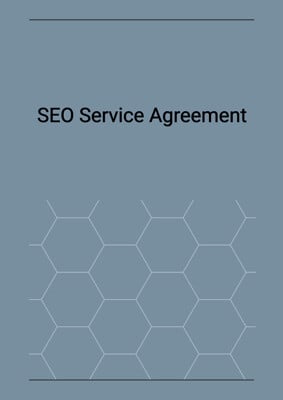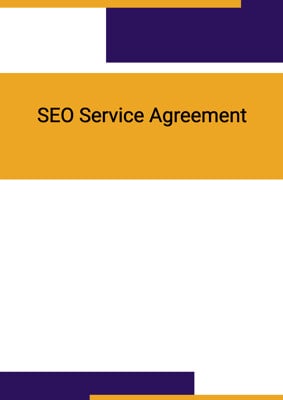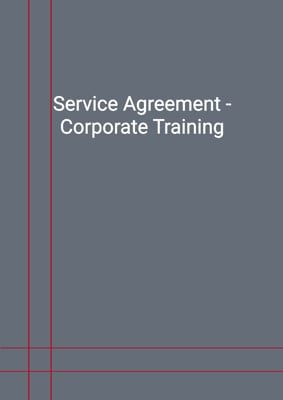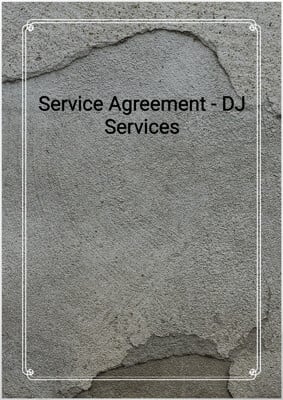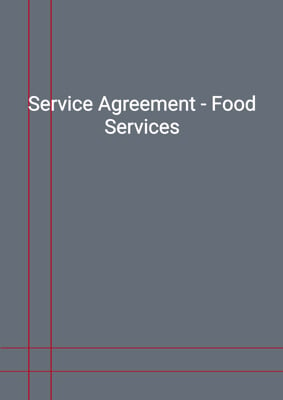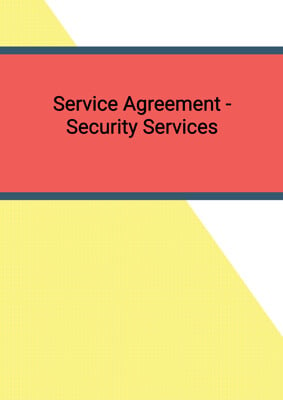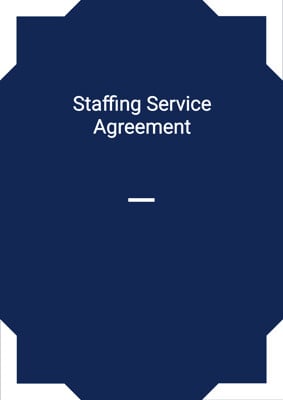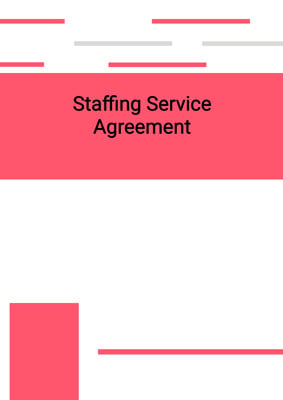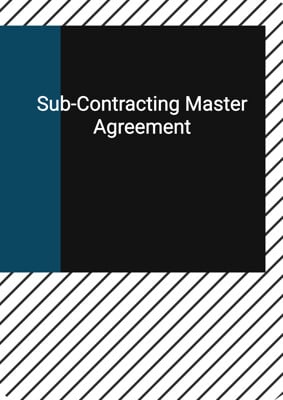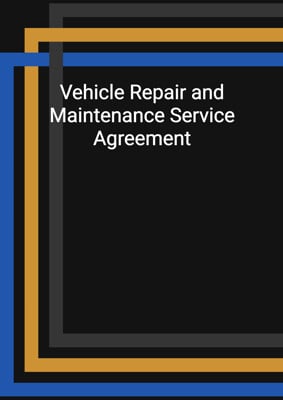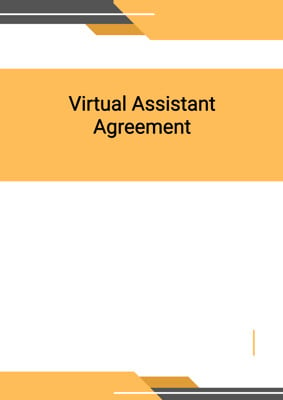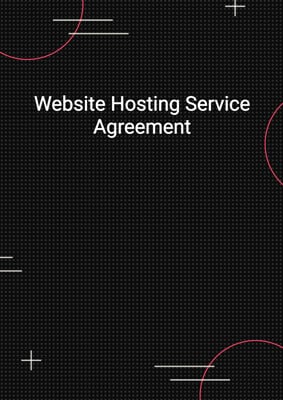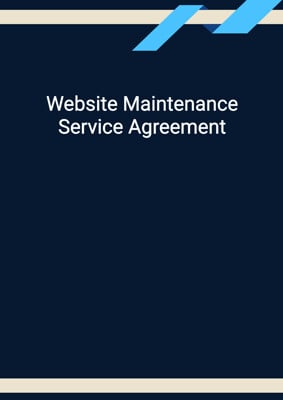How to Tailor the Document for Your Need?
01
Create Document
Fill in the details of the parties. You can click the "Fill with Member’s Information" button to complete it with information saved to your account.
02
Fill Information
Please fill in any additional information by following the step-by-step guide on the left hand side of the preview document and click the "Next" button.
03
Get Document
When you are done, click the "Get Document" button and you can download the document in Word or PDF format.
04
Review Document
Please get all parties to review the document carefully and make any final modifications to ensure that the details are correct before signing the document.
Document Preview
Document Description
The Website Maintenance Service Agreement is a document that outlines the terms and conditions between the company providing website maintenance services (referred to as 'the Company') and the client hiring the services (referred to as 'the Client'). The agreement highlights the importance of the document by emphasizing the need for clear and concise terms to avoid any misunderstandings or disputes.
The entire document is divided into several sections, each serving a specific purpose. The interpretation section defines key terms used throughout the agreement, ensuring clarity and understanding for both parties. The Company's obligations section outlines the responsibilities and commitments of the Company in providing the website maintenance services. It emphasizes the Company's commitment to delivering the services in a professional and diligent manner, adhering to industry standards and good commercial practice.
The Client's obligations section outlines the responsibilities of the Client in providing necessary access and cooperation to the Company for the provision of services. It also highlights the Client's responsibility to procure any third-party cooperation required for the services.
The completion of the work section emphasizes the importance of timely completion of the services. It states that time is of the essence, and the Company is required to perform its obligations promptly and diligently. If the services are not completed by the agreed completion date, the Client is entitled to liquidated damages as specified in the agreement.
The service fees section outlines the payment terms and schedule for the services. It specifies the service fee payable by the Client and the invoicing process. It also mentions the Client's responsibility to reimburse the Company for any expenses incurred during the provision of services.
The warranties and indemnities section highlights the Company's obligation to promptly notify the Client of any delays, problems, or complaints related to the services. It also emphasizes the Client's responsibility to report any defects in the Company's performance of the services.
The term and termination section specifies the duration of the agreement and the conditions under which either party can terminate the agreement. It also outlines the consequences of termination, including the return of properties owned by the Client and the settlement of outstanding balances.
The ownership of materials section states that the website on which the services are performed remains the property of the Client. It also clarifies that any intellectual property developed under the agreement becomes the property of the Client.
The confidential information section emphasizes the obligation of both parties to keep confidential any information disclosed during the agreement. It outlines exceptions to this obligation, such as information already in the public domain or required to be disclosed by law.
The announcement/publicity section requires prior written approval for any announcement or disclosure related to the agreement, except as required by law.
The amendment section states that any variation to the agreement must be in writing and signed by both parties. It clarifies that a variation does not constitute a waiver of any provisions of the agreement.
The assignment section prohibits the assignment or subcontracting of the agreement without the prior written consent of the other party.
The severability section states that if any provision of the agreement is deemed illegal, void, or unenforceable, it will be deemed not included, but the remaining provisions will remain in full force and effect. The parties are required to negotiate a valid substitute provision if necessary.
The further assurance section obligates the parties to perform any further acts or execute additional documents necessary to implement and give effect to the agreement.
The warranty of capacity and power section requires each party to represent and warrant that it has the authority, power, and capacity to enter into and carry out its obligations under the agreement.
The force majeure section states that none of the parties will be liable for any failure or delay in performing their obligations under the agreement due to causes outside their reasonable control.
The agreement explicitly states that it does not confer any rights under contracts for third parties.
The arbitration and proper law section encourages the parties to resolve any disputes amicably and in good faith. It also clarifies that the proper law governing the agreement is to be determined.
The notices and service section specifies the methods and deemed times of giving notice between the parties. It also provides the addresses and contact information for each party.
The counterparts section allows the agreement to be executed in multiple counterparts, with each counterpart considered an original document.
The agreement is signed on behalf of both parties, acknowledging their understanding and acceptance of the terms and conditions.
How to use this document?
To use the Website Maintenance Service Agreement, follow these steps:
1. Review the agreement: Read the entire agreement carefully to understand the terms and conditions.
2. Customize the agreement: Modify the agreement as necessary to reflect the specific details of the website maintenance services and the parties involved.
3. Define services and obligations: Clearly define the services to be provided by the Company and the obligations of both parties. Ensure that all necessary information and documentation are provided by the Client to enable the provision of services.
4. Specify completion date and damages: Agree on a completion date for the services and specify the amount of damages per week in case of non-completion by the agreed date.
5. Determine service fees and payment terms: Set the service fee payable by the Client and establish the payment schedule. Clarify any additional expenses that may be incurred by the Company and the reimbursement process.
6. Address warranties and indemnities: Establish procedures for reporting delays, problems, and complaints related to the services. Define the Company's responsibility to rectify any defects in the provision of services.
7. Determine the term and termination conditions: Decide on the duration of the agreement and the conditions under which either party can terminate. Clarify the consequences of termination, including the return of properties and settlement of outstanding balances.
8. Address ownership of materials: Confirm that the website remains the property of the Client and establish the ownership of any intellectual property developed under the agreement.
9. Ensure confidentiality: Emphasize the obligation of both parties to keep confidential any information disclosed during the agreement, with exceptions as outlined in the agreement.
10. Obtain approval for announcements/publicity: Seek written approval from the other party for any announcements or disclosures related to the agreement, unless required by law.
11. Review and sign the agreement: Thoroughly review the customized agreement with all parties involved. Sign the agreement to indicate acceptance of the terms and conditions.
12. Keep a copy: Retain a copy of the signed agreement for future reference and record-keeping purposes.
Note: This guidance provides a general overview and should not be considered legal advice. It is recommended to consult with a legal professional to ensure compliance with applicable laws and regulations.
Not the right document?
Don’t worry, we have thousands of documents for you to choose from:

